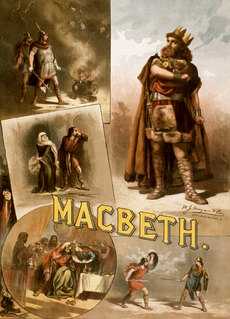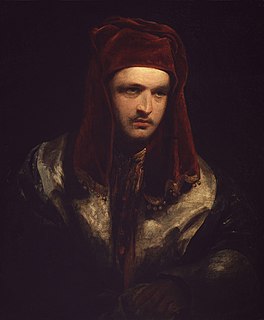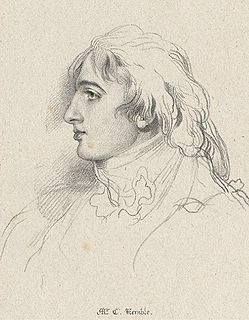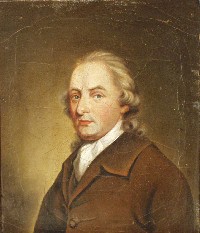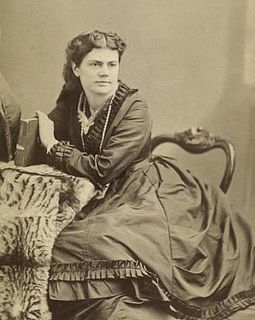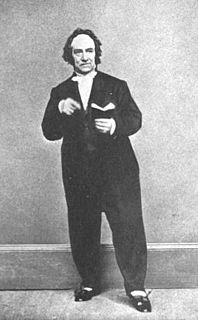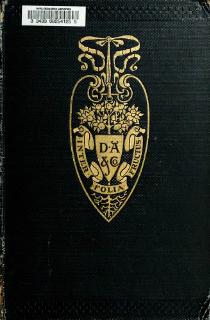
Thomas Abthorpe Cooper (born London, England, 1776; d. Bristol, Pennsylvania, 21 April 1849) was an English actor.

Bristol Borough is a borough in Bucks County, Pennsylvania, 23 miles (37 km) northeast of Center City Philadelphia, opposite Burlington, New Jersey on the Delaware River. Bristol Borough predates Philadelphia, being settled in 1681 and first incorporated in 1720. After 1834, the town became very important to the development of the American Industrial Revolution as the terminus city of the Delaware Canal providing greater Philadelphia with the days High Tech Anthracite fuels from the Lehigh Canal via Easton. The canal and a short trip on the Delaware also gave the town access to the mineral resources available in Connecticut, New Jersey and New York via each of the Morris Canal, the Delaware and Hudson Canal, and the Delaware and Raritan Canal, and connected the community to those markets and trade from New York City. These were among the factors spurring development of Bristol and nearby towns, explaining in part the industries which developed in the region.

An actor is a person who portrays a character in a performance. The actor performs "in the flesh" in the traditional medium of the theatre or in modern media such as film, radio, and television. The analogous Greek term is ὑποκριτής (hupokritḗs), literally "one who answers". The actor's interpretation of their role—the art of acting—pertains to the role played, whether based on a real person or fictional character. Interpretation occurs even when the actor is "playing themselves", as in some forms of experimental performance art.
Cooper was born in Harrow on the Hill, London, the son of a physician with the East India Company. He received a good education, and, on the death of his father, was adopted by Thomas Holcroft and William Godwin. [1]

Harrow on the Hill is an area of north west London, England, and part of the London Borough of Harrow. The name refers to Harrow Hill, 408 feet (124 m). The district includes Harrow School.

The East India Company (EIC), also known as the Honourable East India Company (HEIC) or the British East India Company and informally as John Company, Company Bahadur, or simply The Company, was an English and later British joint-stock company. It was formed to trade in the Indian Ocean region, initially with Mughal India and the East Indies, and later with Qing China. The company ended up seizing control over large parts of the Indian subcontinent, colonised parts of Southeast Asia, and colonised Hong Kong after a war with Qing China.
His first appearance on the stage was with Stephen Kemble's company in Edinburgh, and later he acted at Covent Garden, London, with great success as Hamlet and Macbeth. In December, 1796, he made his first appearance in Philadelphia as Macbeth at the Chestnut Street Theatre, and in August of the following year played in the Greenwich Street Theatre, New York, as Pierre in Venice Preserved. He returned to England in 1802, and for several years held a foremost rank on the English stage. [1]

George Stephen Kemble was a successful English theatre manager, actor, and writer, and a member of the famous Kemble family.

Edinburgh is the capital city of Scotland and one of its 32 council areas. Historically part of the county of Midlothian, it is located in Lothian on the Firth of Forth's southern shore.

Covent Garden is a district in Greater London, on the eastern fringes of the West End, between Charing Cross Road and Drury Lane. It is associated with the former fruit-and-vegetable market in the central square, now a popular shopping and tourist site, and with the Royal Opera House, which is also known as "Covent Garden". The district is divided by the main thoroughfare of Long Acre, north of which is given over to independent shops centred on Neal's Yard and Seven Dials, while the south contains the central square with its street performers and most of the historical buildings, theatres and entertainment facilities, including the London Transport Museum and the Theatre Royal, Drury Lane.
In 1804, he returned to New York and soon afterward, for a long time, became lessee of the Park Theatre. Later he again visited England, but soon returned to the United States, where he continued to play until advanced in years. As his daughter, Priscilla, married the son of President John Tyler, he held various public offices, among which were that of military storekeeper in Frankford, Pennsylvania, during 1841, and later the office of surveyor to the ports of New York and Philadelphia. Cooper had great natural endowments of person and voice, but did not excel as a student. His acting was of the school of John Philip Kemble, whom he bid fair to rival in his early days. [1]
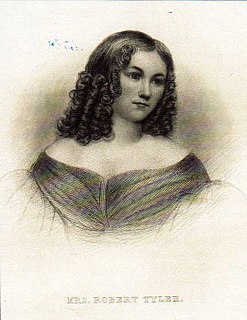
Elizabeth Priscilla Cooper Tyler was the daughter-in-law of John Tyler, the tenth President of the United States. She served as official White House hostess and de facto First Lady of the United States from September 10, 1842 to June 26, 1844.
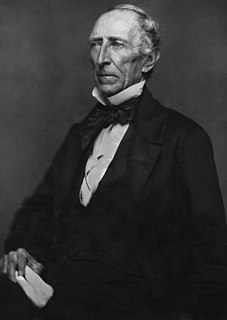
John Tyler was the tenth president of the United States from 1841 to 1845 after briefly being the tenth vice president (1841); he was elected to the latter office on the 1840 Whig ticket with President William Henry Harrison. Tyler ascended to the presidency after Harrison's death in April 1841, only a month after the start of the new administration. He was a stalwart supporter of states' rights, and as president he adopted nationalist policies only when they did not infringe on the powers of the states. His unexpected rise to the presidency, with the resulting threat to the presidential ambitions of Henry Clay and other politicians, left him estranged from both major political parties.

John Philip Kemble was an English actor. He was born into a theatrical family as the eldest son of Roger Kemble, actor-manager of a touring troupe. His elder sister Sarah Siddons achieved fame with him on the stage of the Theatre Royal, Drury Lane. His other siblings, Charles Kemble, Stephen Kemble, Ann Hatton, and Elizabeth Whitlock, also enjoyed success on the stage.
